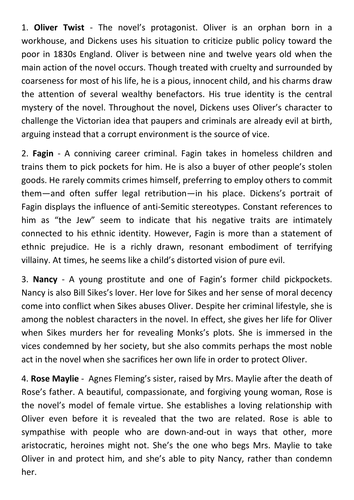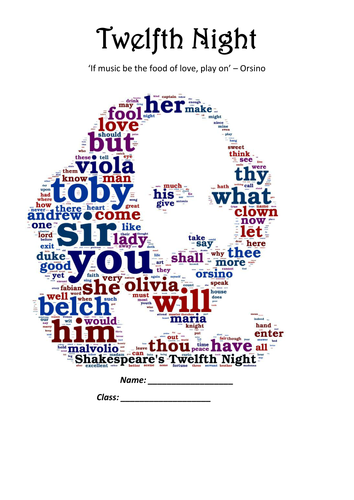RuthRebekah's Shop
Teacher of English to 11-16 year olds at an outstanding school. A keen creative writer with a popular blog and some published pieces of original literature. Resources cover a wide range of topics and texts and are created to the highest possible standard to ensure maximum progression and challenge. Each lesson features a well-designed PowerPoint presentation and all accompanying resources.























